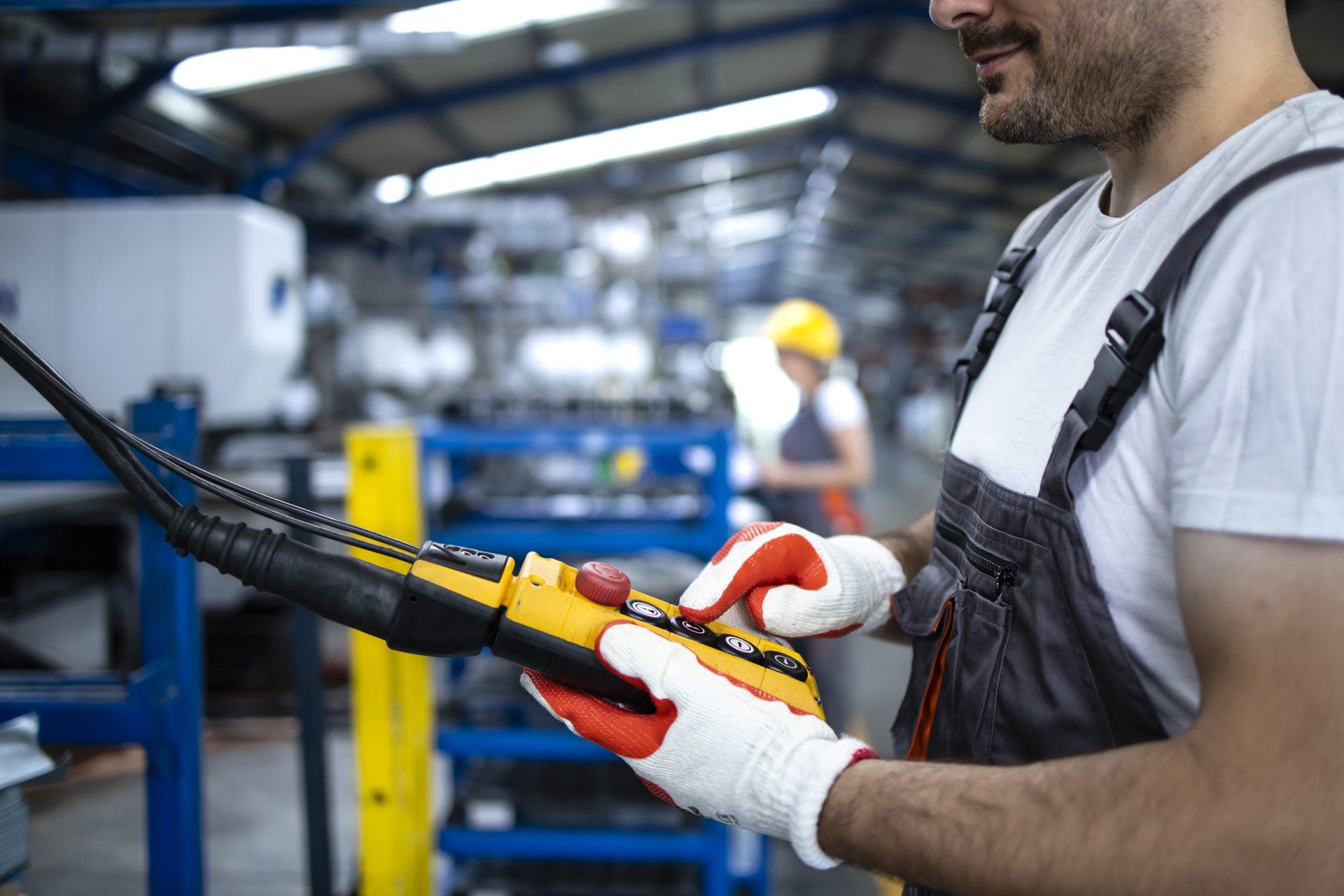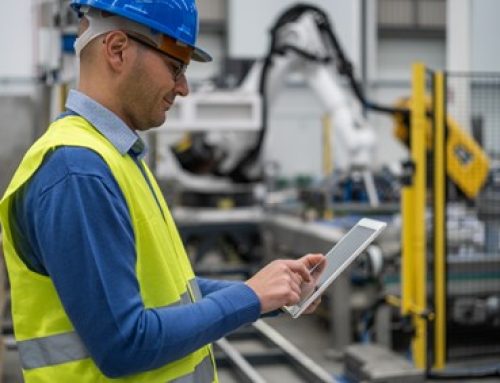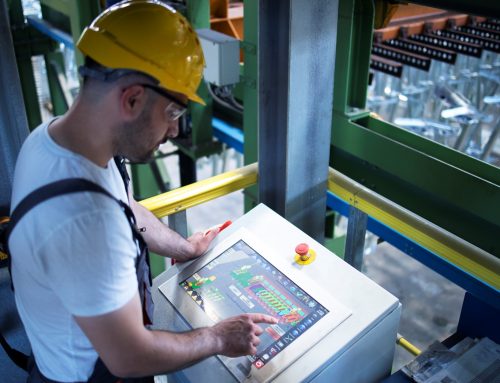Discover how autonomous maintenance can increase asset management efficiency by preventing failures, minimizing costs, and reducing corrective maintenance time.
Autonomous maintenance is one of the key pillars of Total Productive Maintenance (TPM). It typically starts in a specific area of the company rather than the entire organization. This fault analysis tool allows companies to proactively identify and correct problems and continuously monitor assets, improving efficiency and reducing maintenance costs.
Read on to discover more about the characteristics and benefits of autonomous maintenance, particularly in reducing corrective maintenance.
What is autonomous maintenance?
Autonomous maintenance is a fault analysis tool that allows companies to proactively identify and correct problems. It provides resources for continuous monitoring of assets, improving efficiency, and reducing maintenance costs. It is a total productive maintenance that aims to reduce corrective maintenance.
It involves seven main steps:
- Initial cleaning: clean areas and equipment before starting any maintenance.
- Problem source control: identify and correct problem sources before they occur, such as lubrication time and sources of dust on machines.
- Cleaning and lubrication standards: follow established standards for cleaning and lubricating equipment and areas. Also determine execution time standards for services and lubrication routes.
- General inspection: Perform an inspection to check and evaluate the condition of equipment based on visual signals, noise, etc.
- Autonomous inspection: routinely perform autonomous inspections using checklists to monitor the condition of equipment.
- Organization and order: Maintain the organization and order of equipment and areas to facilitate problem identification. Also, categorize assets and systematize team work.
- Self-management: Define and monitor goals. Record the results of MTBF analysis, evaluating according to what was determined.
These steps can help increase asset life, reduce work stoppages, accidents, and corrective maintenance.
What are the main characteristics of autonomous maintenance?
Autonomous maintenance has several characteristics that allow companies to obtain accurate analysis of their assets. Some of them are:
- Continuous and real-time monitoring of assets;
- Early problem identification;
- Fault alert and diagnosis;
- Performance analysis;
- Risk management;
- Quality control.
What are the benefits of autonomous maintenance?
Autonomous maintenance offers several benefits for companies, such as:
- Reduction of asset maintenance costs.
- Increase in asset operation efficiency.
- Productivity gain through autonomous maintenance actions.
- Risk reduction through autonomous maintenance.
- Optimization of autonomous maintenance processes.
- Increase in asset safety through autonomous maintenance actions.
- Implementation of preventive autonomous maintenance actions.
- Extension of asset life through autonomous maintenance.
By adopting autonomous maintenance, companies have the opportunity to drastically increase the efficiency of their asset management, as this approach offers greater safety, flexibility, and operational reliability. In addition, companies can also gain significant advantages such as early problem detection, failure prevention, and elimination of unnecessary service interruptions.
Want to learn more about autonomous maintenance? Try Manusis4 now!






Leave A Comment